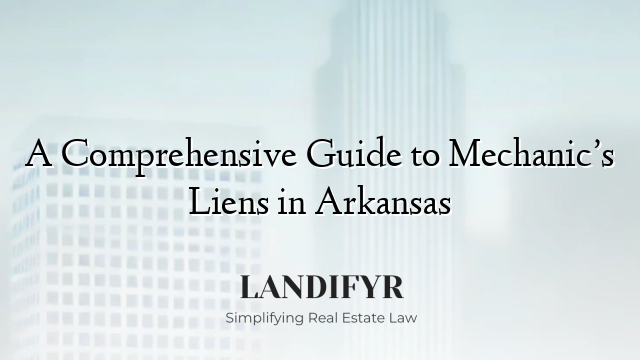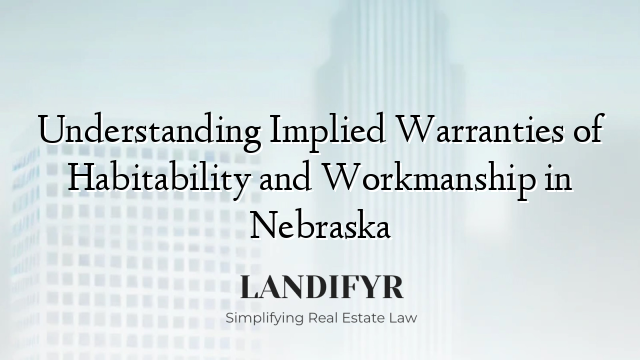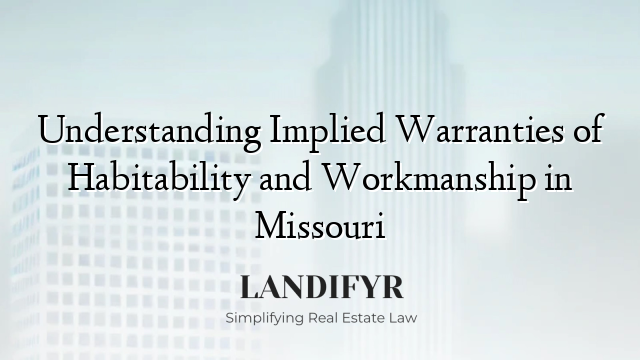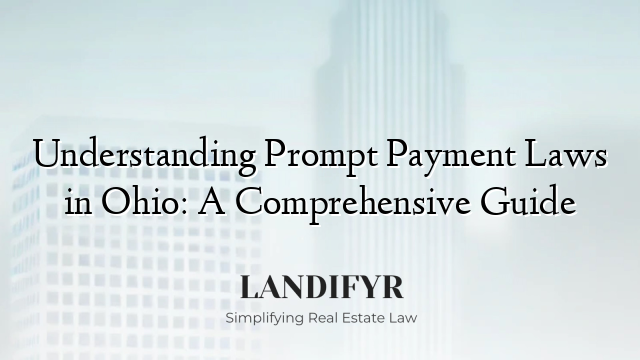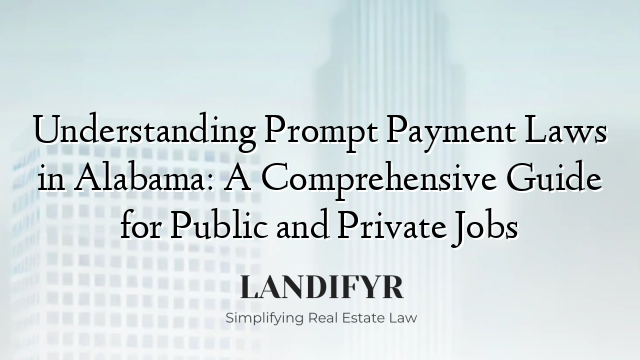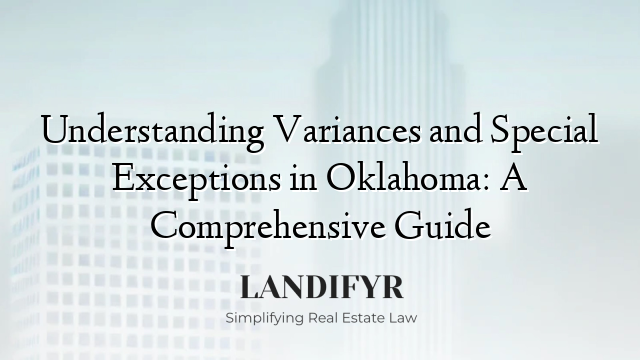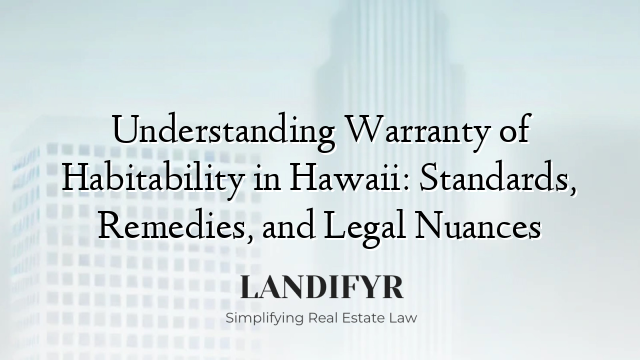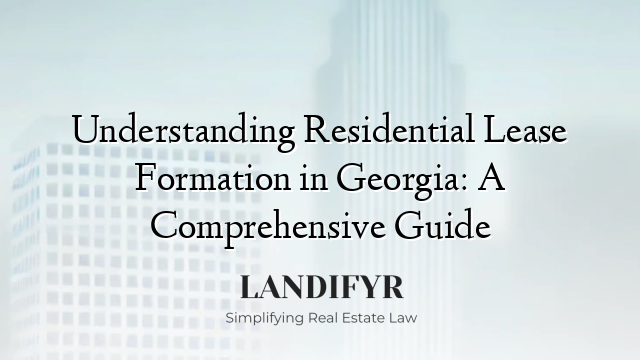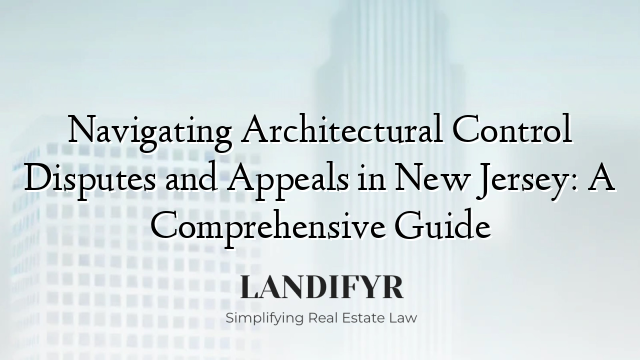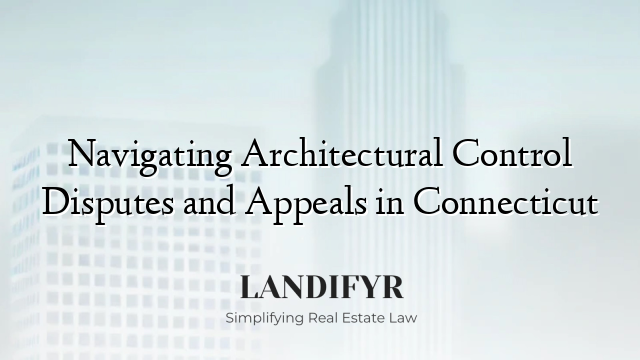A Comprehensive Guide to Mechanic’s Liens in Arkansas
Introduction to Mechanic’s Liens Mechanic’s liens are a legal provision that grants contractors, subcontractors, and suppliers the right to file a claim against a property in order to secure payment for work performed or materials supplied. In Arkansas, this mechanism plays a critical role in the construction industry by providing a layer of financial protection […]
A Comprehensive Guide to Mechanic’s Liens in Arkansas Read More »
